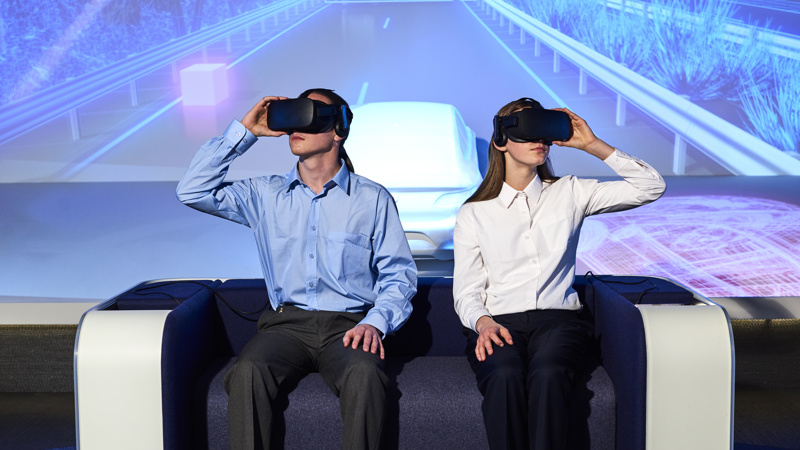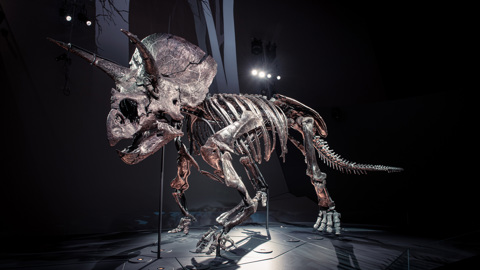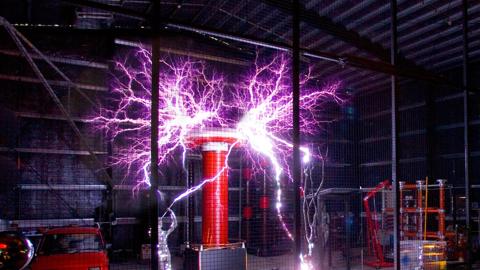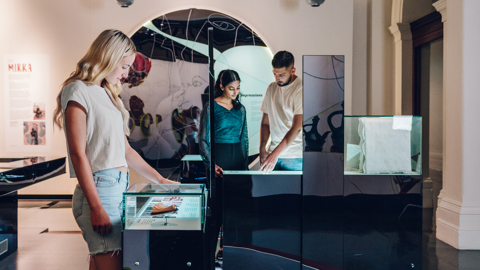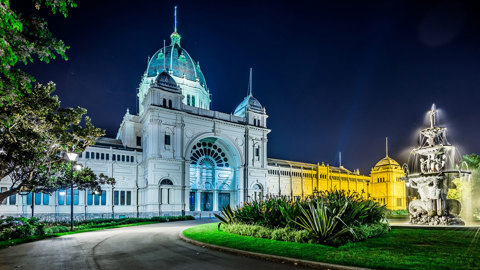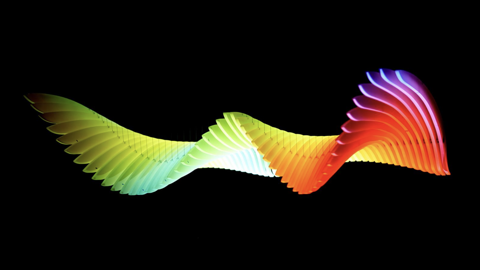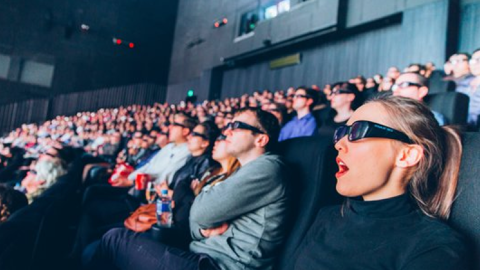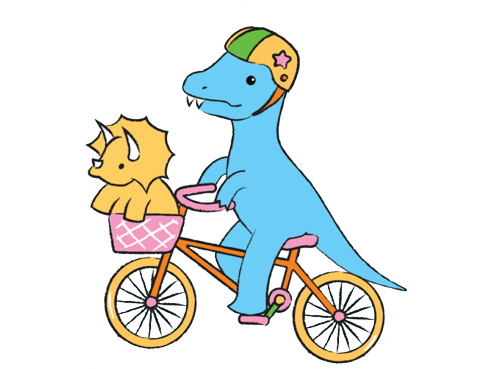
Road to Zero: Physics Challenge
Explore safe speeds with virtual reality.
Using virtual reality headsets, students will gain a first-hand understanding of the science of motion. In this facilitator-led excursion, students participate in a physics experiment that explores the relationships between vehicle speed and stopping distances.
Working in teams, students will discover the effects of friction and gain insights into the notion of inertia, as described in Newton's first law of motion. This workshop demonstrates how safe speeds form part of Victoria's goal of reaching zero deaths and serious injuries on our roads.
Students will experience
- An interactive and immersive visit to the Road to Zero Experience Space, including: a virtual reality experience where students travel in a car from 1970 to 2055; an elevator simulation where students experience a dramatic ‘drop’ from the 11th floor of the Royal Exhibition Building; as well as a digital exploration of the Transport Accident Commission’s well-known Graham sculpture.
- Conducting a stopping distance experiment in the Learning Studio using virtual reality and touchtable technology.
- Working collaboratively in groups and applying their learning to a team-based challenge.
Students will learn
- About the Safe System approach to road safety.
- To apply experimental design to develop a hypothesis and define the independent and dependent variables and controls.
- About the relationship between stopping distance and impact speed.
- How speed, friction and stopping distance impact crash outcomes.
Students will need
- Students will need to have their email address available. Data collected from their experiments will be sent to the teacher and students after the excursion for further analysis or extension back at school.
Other key information
The excursion includes:
- A 45-minute session in the Road to Zero Experience Space – an interactive and immersive gallery experience.
- The Road to Zero: Physics Challenge, a 75-minute session in the Learning Studio.
Availability
Terms 1–4, Monday to Friday
Student information
Years 9 to 10, VCE VM
Maximum 25 students
Bookings
Workshop
Presented by a museum educator
Victorian Curriculum Links
Science: Levels 9 and 10
Nature and development of science
- advances in technologies have enabled advances in science, while science has contributed to developments in technologies and engineering (VC2S10H02)
Use and influence of science
- the use of scientific knowledge to address socio-scientific issues and shape a more sustainable future for humans and the environment may have diverse projected outcomes that affect the extent to which scientific knowledge and practices are adopted more broadly by society (VC2S10H03)
Physical Sciences
- the Law of Conservation of Energy can be analysed in systems, including Earth systems, by assessing the efficiency of energy inputs, outputs, transfers and transformations (VC2S10U15)
- Newton’s laws of motion can be used to quantitatively analyse the relationship between force, mass and acceleration of objects (VC2S10U17)
Questioning and predicting
- Investigable questions, reasoned predictions and hypotheses can be used in guiding investigations to test and develop explanatory models and relationships (VC2S10I01)
- Information and processed data can be analysed and compared to identify and explain qualitative and quantitative patterns, trends, relationships and anomalies (VC2S10I05)
Ethical Capability: Levels 9 and 10
Decision-making and actions
- how connections, distinctions and tensions between ethical concepts and between ethical perspectives are used to identify and analyse ethical issues, including their ethical significance, and how they are used to analyse responses to ethical issues, including their ethical significance (VC2CE10D01)
- how more than one of the consequences framework, duties framework or virtues framework can be used to guide decision-making in response to an ethical issue, and similarities and differences between these and alternative ethical frameworks
(VC2CE10D02)
Personal and Social Capability: Levels 9 and 10
Self-efficacy and sense of purpose
- the significance of individual responsibility and adaptability in decision-making when completing challenging tasks and planning for the future (VC2CP10S05)
VCE Vocational Major
Personal Development Skills
- Unit 1: Healthy individuals
- Unit 2: Connecting with community
- Unit 3: Leadership and teamwork
- Unit 4: Community project
Literacy
- Unit 1: Understanding and creating digital texts
- Unit 2: Understanding issues and voices, Responding to opinions
- Unit 4: Understanding and engaging with literacy for advocacy
Numeracy
- Units 1-4: Personal numeracy, Civic numeracy, Health numeracy
Accessibility
Please view our accessibility page for general information. Contact our team on 13 11 02 or email us at [email protected] to discuss how we can support your visit.
Museums Victoria Learning Access Fund
The Museums Victoria Learning Access Fund aims to enhance access to our museums (Melbourne Museum, Scienceworks and Immigration Museum), programs and events by offering free or subsidised education programs for eligible schools. Find out more about the fund.

Sign-up to Museum Teachers
Subscribe and get special offers, teacher news and free entry to all museums.
